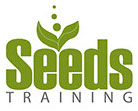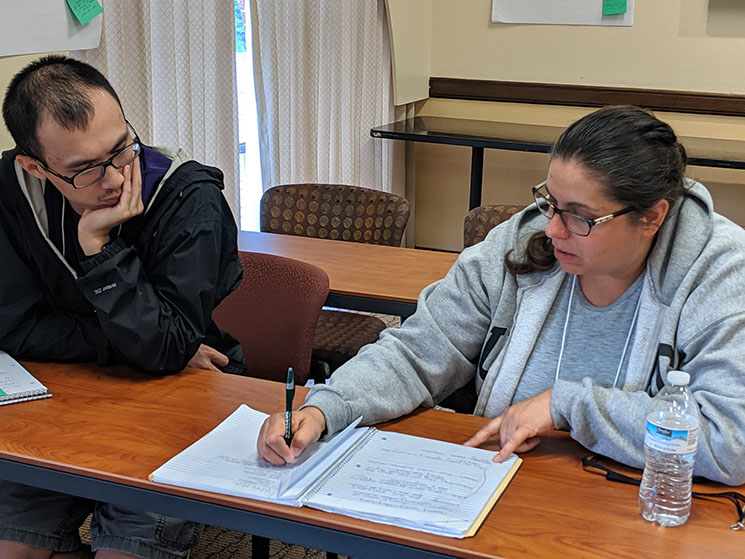


5 Contexts
Great PBL starts with a strong context. Context gives a project some basic parameters and allows us to engage students thematically before drilling down into something more specific.
Here are 5 fantastic contexts to use as you initiate the design of PBL:
1. Local
What can we do locally to make a difference?
The local context is all about finding something to do in your immediate community.
Examples: Food drive for a local shelter. Designing a website for a local business or charity. Interviewing local veterans and making a movie/play about their experiences.
2. Global
How can we make a difference somewhere else in the world?
The global context allows students to expand their ecosystem by engaging with people and entities in another part of the world.
Examples: Organizing relief packages for tsunami/earthquake victims. Fundraising to provide technology for a classroom in Africa. Providing virtual tutoring for students in another country.
3. Personal
How can we do something that challenges us to develop new skills that we wouldn't normally acquire in the classroom?
The personal context is about overcoming personal challenges and developing valuable real-world skills.
Examples: The whole class learns an instrument and plays a song together. Students set fitness goals and exercise together, tracking results and coaching each other throughout. Students research, design and deliver a new course of their choosing.
4. Future
What can we do now that will make a positive impact on our futures?
The future context is all about learning the skills of long-term thinking and planning. It's about leaving a legacy and doing something beyond the normal instant gratification.
Examples: Create a time capsule of valuable artifacts, works of art, writings, videos, clothes, music etc. to be discovered by a class of students 10-15 years from now. Start a new club or project that must be handed down to the next class to run upon your graduation.
5. Imaginary
Ask yourself, "what if?"
The imaginary context is all about challenging norms, asking brilliant questions and breaking paradigms.
Examples: Invent a new form of fuel for a car that is environmentally friendly. Create three strategies for ending homelessness. Invent a step by step guide for overcoming depression.
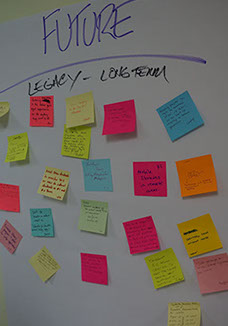
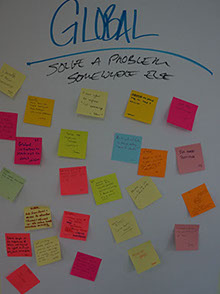
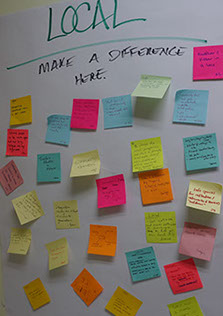
info@seedstraining.com
T: +1.866.725.3563
Copyright Seeds Training
